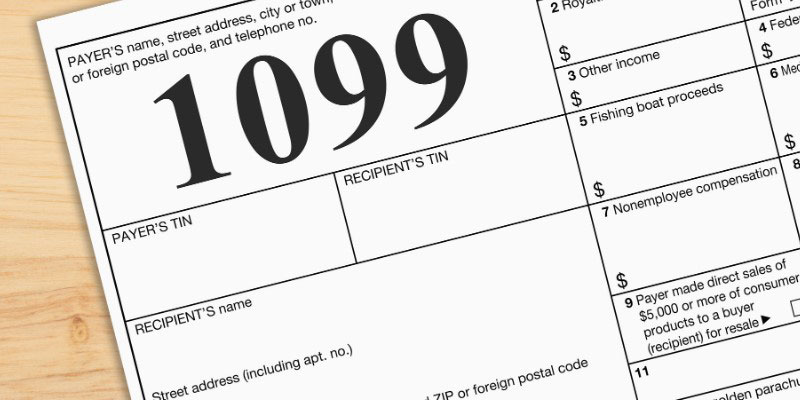Calculating Tax Equivalent Yield: Will Municipal Bonds be Right for You
Dec 27, 2023 By Triston Martin
Buying bonds has merit because of the interest they pay out. Interest on municipal bonds is exempt from federal taxes no matter what, making them a more attractive investment alternative than corporate (company-issued) bonds. On the other hand, the income earned on corporate bonds is subject to taxation, although they often give larger returns to investors.
It is important to calculate your tax-equivalent yield when deciding which investment strategy is best for your portfolio. To match the return on an interest-free municipal bond, the yield on a taxable bond must be equal to the yield on the municipal bond before taxes are taken out. A method considers your tax bracket to help you choose the bond that would provide you with the highest yield after taxes.

What Are Municipal Bonds?
Municipal bonds are interest-bearing debt obligations that a state or local municipality can issue. These bonds can support the government's general needs or pay for a public works project. A municipal bond may also be issued by other types of legal entities, such as a port authority or a housing authority.
The sale of municipal bonds is a common method for funding various projects, including brand-new roadways, stadiums, bridges, and hospitals. Municipals can be a fantastic method to invest in the expansion and improvement of your town, in addition to delivering revenues exempt from taxation.
Tax Equivalent Yield Formula
The formula for tax Equivalent Yield is as follows:
- Tax Equivalent Yield = Tax Free Yield / (1 – Tax Rate)
As can be seen, the formula evaluates both the taxable yield as well as the tax-free yield. Therefore, there are two different components involved in the formula.
- The first component is the yield after deducting taxes. Simply looking at the yield on municipal bonds is all that is required to calculate the tax-free yield of an investment. The government often issues these bonds, and the return on investment you receive from purchasing them is not subject to any taxation.
- The tax yield formula's second element is as follows: (1 – Tax rate). You can determine the yield if it is subject to taxation by multiplying the tax rate by one. To determine how beneficial it is to invest in taxed investments, we use this information in the denominator of our calculation.

Corporate Bond And Municipal Bond
To decide between a taxable corporate bond and a tax-free municipal bond, you can use the tax-equivalent yield calculation, but remember to consider the bonds' credit ratings. A bond's credit rating indicates how likely the issuer will be able to meet its debt commitments. It is a method for estimating the degree of the danger inherent in a given financial transaction to rephrase.
An increased interest rate is common for bonds with a lower credit grade because investors want compensation for taking on the bond's higher level of risk. Comparing bonds of similar ratings is important using the tax yields method. If your marginal tax rate is 25% and you may select between a 4% municipal bond and a 6% corporate bond, you'd be making a poor decision.
In that case, the corporate bond will likely be the better investment. However, if the corporate bond in question has a lower credit rating, you'll want to weigh the potential benefits against the additional risk carefully you'll be exposed to.
Are Municipal Bonds Right for You?
The decision to buy municipal bonds can be made with relative ease; nevertheless, very few people take the time to comprehend the practice fully. Ordinary income tax is applied on corporate bonds and most other bonds.
On the other hand, the majority of municipal bonds do not incur any tax liability at the federal level. However, for the sake of this calculation, we will disregard any potential advantages associated with a state tax deduction.
Regardless of whether you are in the highest marginal tax bracket or one of the lower brackets, you may determine your tax-equivalent yield by deducting your tax rate (expressed as a decimal) from one. It works whether you are in the highest bracket or one of the lesser brackets.
Present Yield Levels
In most cases, a large risk-off event, such as a global economic slump, is required to achieve the present yield levels. These kinds of conditions put at risk downgrades and possibly even defaults. But in the current climate, municipal lending has been strengthened by a federal budgetary stimulus supplied directly to municipalities and end customers.
Revenues collected from state and local income taxes have increased at a rate not seen in the past 20 years, which has helped ease near-term concerns regarding credit availability. Issuers have been using a portion of the influx of funds to build up their emergency reserves, which can serve as a buffer for satisfying budgetary obligations even when the economy is in a recession or conditions are extremely challenging.
All of these considerations have combined to make the current state of credit conditions the best they have been in many years. In the case of a recession, implementing such policies will most likely protect the valuations of municipal bonds compared to those of other credit sectors.
Conclusion:
Before purchasing taxable bonds, a potential investor will investigate the bond's rating and determine the project's intended use. Further, the bond's credit rating should be considered by the investor. In other words, it quantifies the danger attached to the bond.
The higher the potential for harm, the higher the bond's interest rate. Because of this, it would be a mistake to think that a Bond with a higher coupon rate is safer. The investor must weigh the bond's suitability for him in light of all relevant factors, including the coupon rate, discount rate, tenure, and tax rate.





